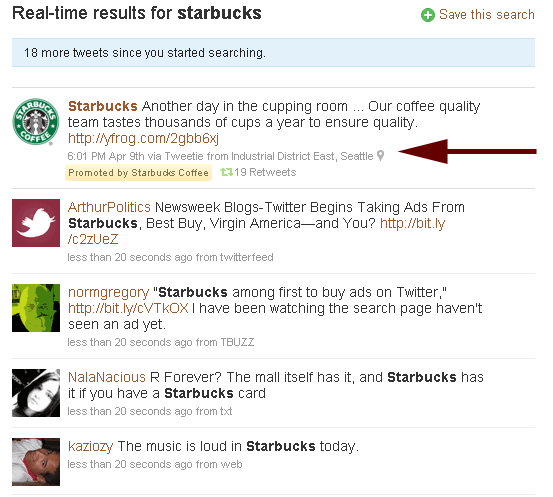
Yesterday, Twitter unveiled its new advertising platform Promoted Tweets. The picture above shows a Promoted Tweet from Starbucks when searching for the keyword “starbucks” on Twitter. I pulled information from The New York Times, Twitter’s blog, and Twitter COO Dick Costolo’s talk at Ad Age, and here are some details that have emerged about Promoted Tweets:
Category: Customer Relationship Management
Loyalty Program Design Fundamentals Part II
Last week, I wrote about the key loyalty program design factors that a loyalty manager should consider. In the second part of this series, I’d like to review what we know about effective loyalty program design from published academic research. I should start by saying that this area is still pretty new. So we don’t know a whole lot at this point. I’m hoping that by putting together here what we know will also help academic researchers identify the holes that still need to be filled in this area.
I. Program Requirements
Key References: Kivetz and Simonson (2003); Demoulin and Zidda (2009)
- Although increasing program requirements may make a loyalty program less relevant to some consumers, it can also make the program more appealing to frequent customers. So if the goal of a loyalty program is to selectively attract heavy buyers, a relatively high program bar should be set.
- Make sure the program is straightforward. Too much complexity in a program, whether it’s the point earning action required or the redemption of rewards, can turn consumers away right at the beginning.
Continue reading “Loyalty Program Design Fundamentals Part II”
Loyalty Program Design Fundamentals Part I
If you are a loyalty program manager, most likely you will agree that a loyalty program can be an expensive exercise. Not only does it require a substantial infrastructure and a large amount of human time to support, but also once started it is difficult to pull the plug without offending customers. Therefore, it is critical to design a loyalty program so that it will encourage customer participation and achieve maximum business benefits. In this two-part series, I would like to discuss some key points in this area. In this first part, I will discuss what are the design factors that a loyalty manager should consider. Next week, I will talk about what academic research has taught us about some of the design factors.
Before continuing, I would like to acknowledge the inspiration for this topic from one of my readers in Europe, Kim Jorgensen, who had inquired me about optimal loyalty program design. The inquiry stimulated me to think more extensively about this topic and hence this series. Thank you, Kim!
Now let’s get down to business.

http://www.flickr.com/photos/seier/ | CC BY 2.0
Continue reading “Loyalty Program Design Fundamentals Part I”